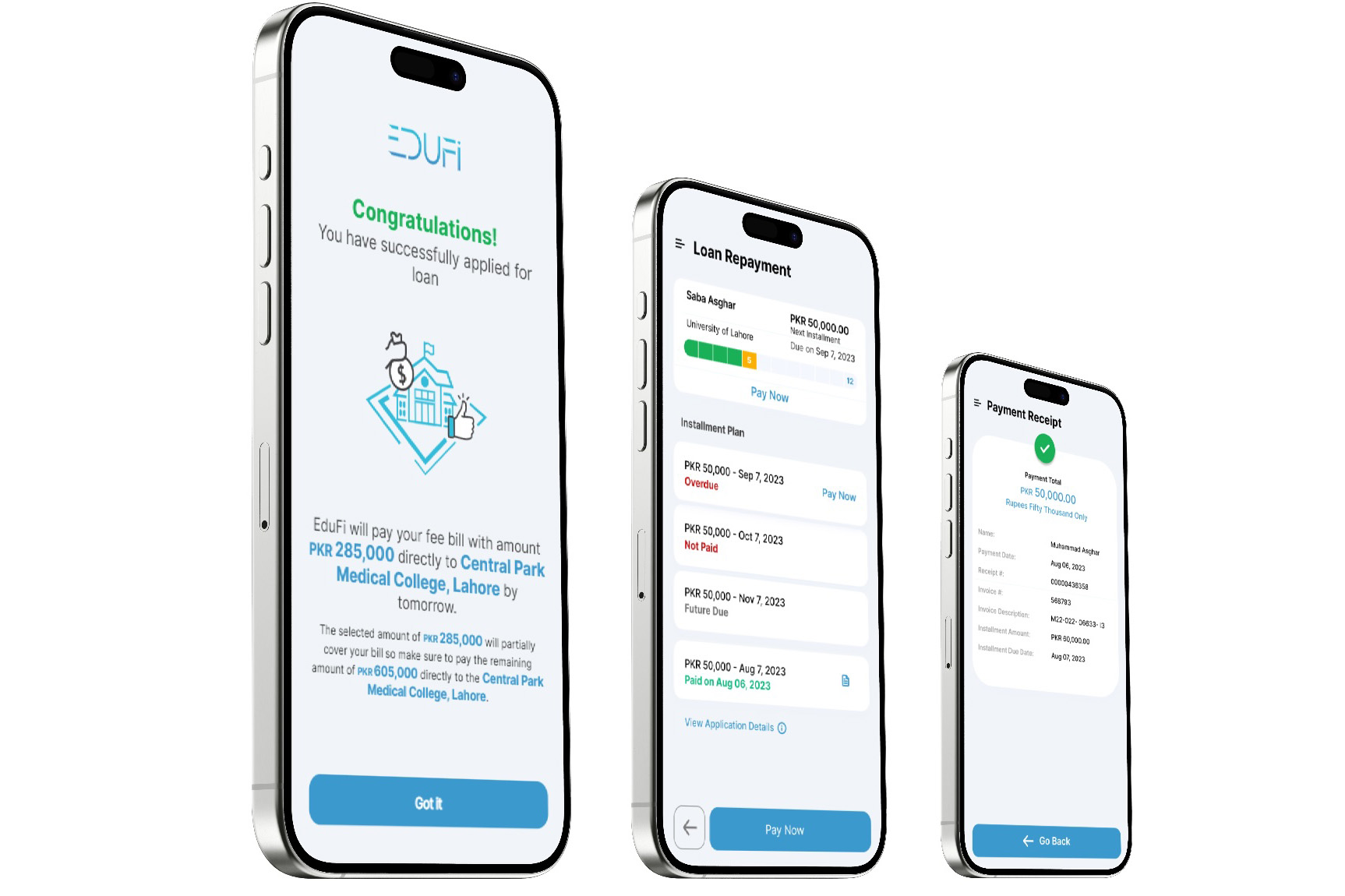Introduction to Waymo’s Safety Record
Waymo, a leading autonomous vehicle company, has released data on its safety record, comparing its performance to that of human drivers. The data reveals a significant reduction in crashes and injuries when using Waymo’s driverless vehicles.
Comparison to Human Drivers
Using human crash data, Waymo estimated that human drivers on the same roads would get into 78 crashes serious enough to trigger an airbag. By comparison, Waymo’s driverless vehicles only got into 13 airbag crashes. This represents an 83 percent reduction in airbag crashes relative to typical human drivers. This is slightly worse than last September, when Waymo estimated an 84 percent reduction in airbag crashes over Waymo’s first 21 million miles.
Injury-Causing Crashes
Over the same 44 million miles, Waymo estimates that human drivers would get into 190 crashes serious enough to cause an injury. Instead, Waymo only got in 36 injury-causing crashes across San Francisco or Phoenix. That’s an 81 percent reduction in injury-causing crashes. This is a significant improvement over last September, when Waymo estimated its cars had 73 percent fewer injury-causing crashes over its first 21 million driverless miles.
Crashes Where Waymo Was at Fault
The above analysis counts all crashes, whether or not Waymo’s technology was at fault. Things look even better for Waymo if we focus on crashes where Waymo was determined to be responsible for a crash. To assess this, Waymo co-authored a study with the insurance giant Swiss Re. It focused on crashes that led to successful insurance claims against Waymo.
Insurance Claims Against Waymo
This data seems particularly credible because third parties, not Waymo, decide when a crash is serious enough to file an insurance claim. And claims adjusters, not Waymo, decide whether to hold Waymo responsible for a crash. By the end of November 2024, Waymo had faced only two potentially successful claims for bodily injury. Both claims are pending, which means they could still be resolved in Waymo’s favor.
Conclusion
In conclusion, Waymo’s safety record shows a significant reduction in crashes and injuries compared to human drivers. With an 83 percent reduction in airbag crashes and an 81 percent reduction in injury-causing crashes, Waymo’s driverless vehicles have proven to be much safer than human-driven vehicles. Additionally, the number of insurance claims against Waymo is very low, with only two potentially successful claims for bodily injury.
FAQs
- Q: How many airbag crashes did Waymo’s driverless vehicles get into?
A: Waymo’s driverless vehicles got into 13 airbag crashes. - Q: How many injury-causing crashes did Waymo get into?
A: Waymo got into 36 injury-causing crashes. - Q: How many insurance claims for bodily injury did Waymo face?
A: Waymo faced only two potentially successful claims for bodily injury. - Q: What is the percentage reduction in airbag crashes compared to human drivers?
A: There is an 83 percent reduction in airbag crashes relative to typical human drivers. - Q: What is the percentage reduction in injury-causing crashes compared to human drivers?
A: There is an 81 percent reduction in injury-causing crashes.











